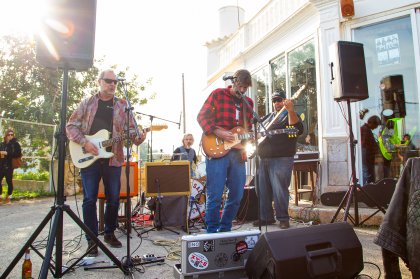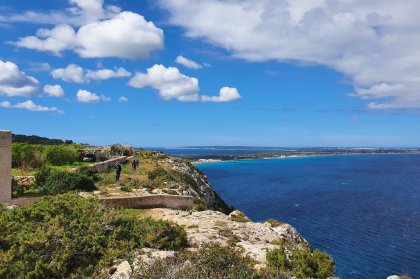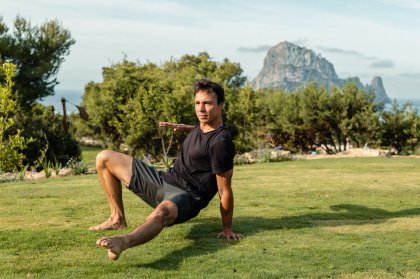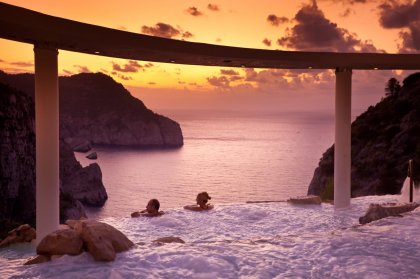It’s almost impossible to visit Ibiza without coming across lizards in some way, shape, or form – whether as fridge magnet fodder, emblazoned on a beach towel, or real, live ones, soaking up the sunshine or scurrying between rocks and paving stones.
The Ibiza wall lizard, or Podarcis pityusensis, to give it its full, scientific name, is a unique creature indeed. Native to Ibiza, Formentera and their neighbouring rocky islets, there are around two dozen subspecies and they come in an impressive array of colours, from different shades of blue and green to brown, orange, red and even black. Not only this, but they have also evolved to be omnivorous, eating plants, fruit, and nectar, meaning they play a vital role in the local ecosystem as pollinators and seed dispersers.
Snake Invasion
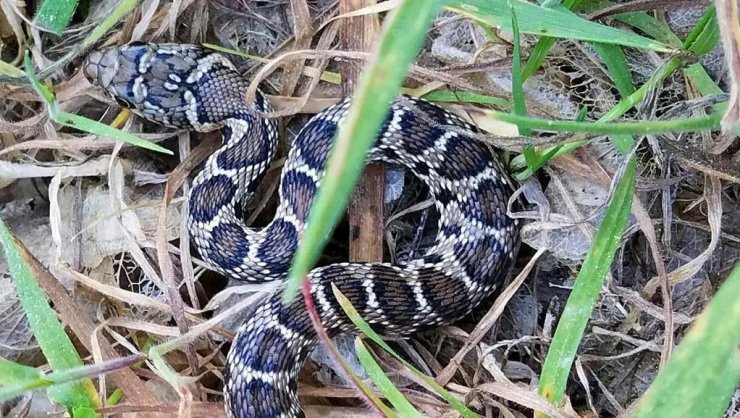
Horseshoe whip snake seen near San Lorenzo
However, having inhabited the area for millennia, this tiny reptile is now under threat from a new predator: the snake. Native to mainland Spain, snakes began arriving in Ibiza in the early 2000s in the trunks of ornamental trees, particularly olives, imported for use in people’s gardens. They are of the horseshoe whip and ladder varieties and, although they can reach over 1.5 metres in length, they are harmless to humans.
Less so, unfortunately, to the local lizard population. In the past two decades, the snakes have spread throughout the island, and to a slightly lesser extent in Formentera, feasting on the lizards as they go. Researchers estimate that they provide around 50% of the snakes’ diet, meaning their population is being decimated, to the point where some experts warn that this iconic animal risks becoming extinct.
Protection efforts
As a result, huge efforts are underway to try to control the snake population and protect the lizards. The Consortium for the Recovery of the Fauna of the Balearic Islands (Cofib) has an extensive trapping scheme underway, with support from local environmental groups Gen-Gob and Amics de la Terra (Friends of the Earth), along with the Institut d’Estudis Eivissencs (Institute for Ibizan Studies), who have been helping to recruit and train volunteers to manage the traps.
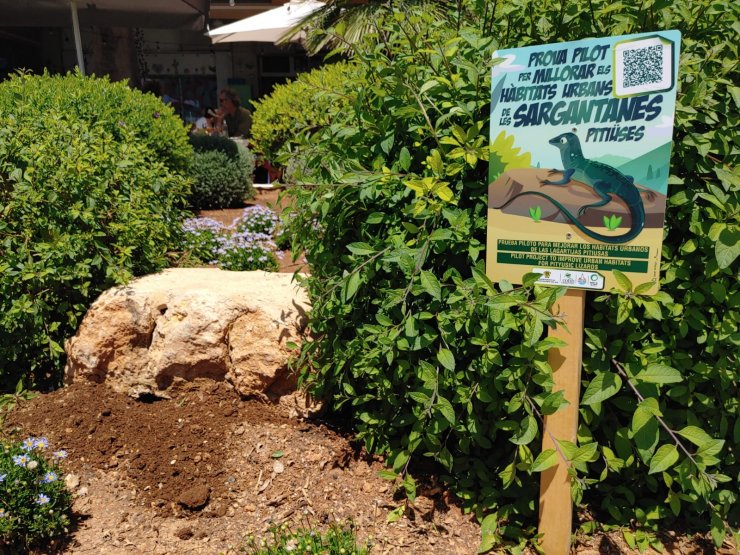
Last year, under the banner Sargantanes o Serps (“Lizards or Snakes”, in Catalan), they also began a pilot project to place lizard sanctuaries in public areas in Santa Eulalia, a scheme we at IbizaPreservation are now helping to expand, thanks to funding from CaixaBank and Fundació Sa Nostra. Working together with Cofib and Gen-Gob, we will be placing 100 sanctuaries – large stones perforated with small holes to allow lizards, but not snakes, to take shelter inside them – in the gardens of hotels and schools around Ibiza.

We are also financing the production of 100 prototype smart traps, developed at a “hackathon” last year, which use technology to make them easier to manage.
Meanwhile, the Balearic Government has introduced new legislation to control the importation of olive, oak, carob, and other ornamental trees into the islands, as well as declaring the lizard a vulnerable species in order to release additional public funding for protection measures.
What can you do
First of all, if you see a snake: don’t panic! You can call 112 to report it or use the Línea Verde app.
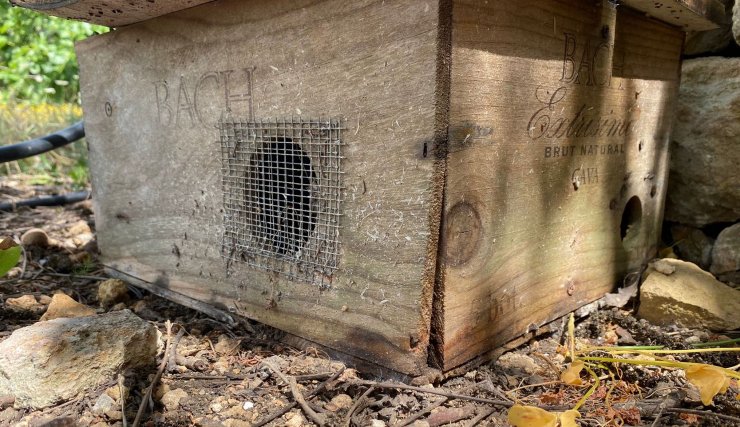
If you live in Ibiza or have a holiday home here, consider getting traps and training on how to manage them. They involve using live mice as bait; these are placed in a separate compartment, so that the snakes can’t get at them, but do require regular feeding and watering.
One of the biggest challenges is finding enough volunteers to manage the traps and deal with snakes once they’ve been caught, so if this is something that piques your interest, then please do get involved!
There’s lots more information and advice on this webpage, created by Gen-Gob and Amics de la Terra, including a sign-up form for those interested in placing traps on their property and/or helping to manage other nearby traps.
Thanks to Ramón from 4mentera.com for the snake and snake trap photos.
Thanks to Sargantanes o Serps for the lizard sanctuary photos.
You can find out more about IbizaPreservation and donate towards their work by going to their website: ibizapreservation.org. You can also follow them on Instagram, Facebook and Twitter.



